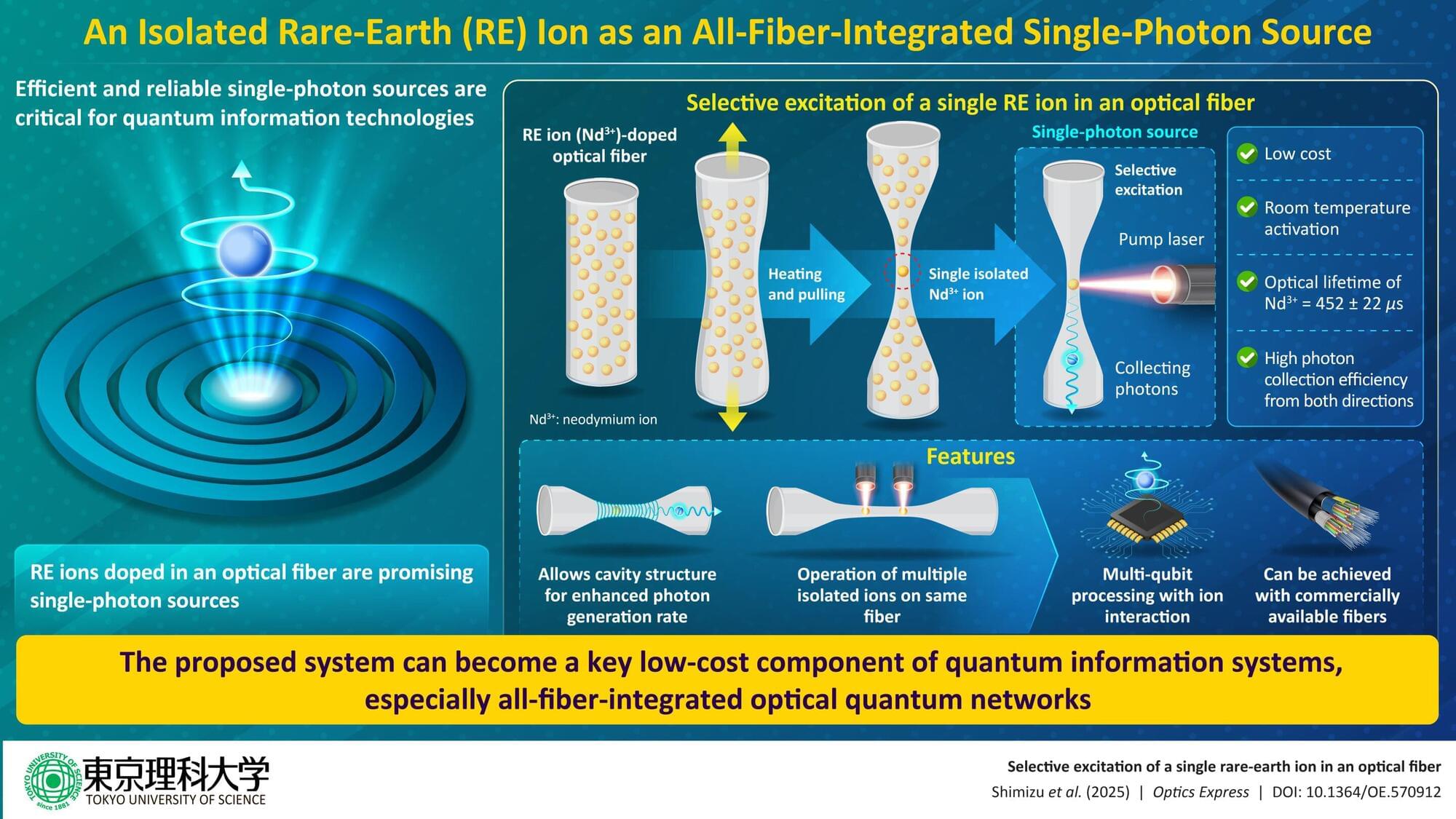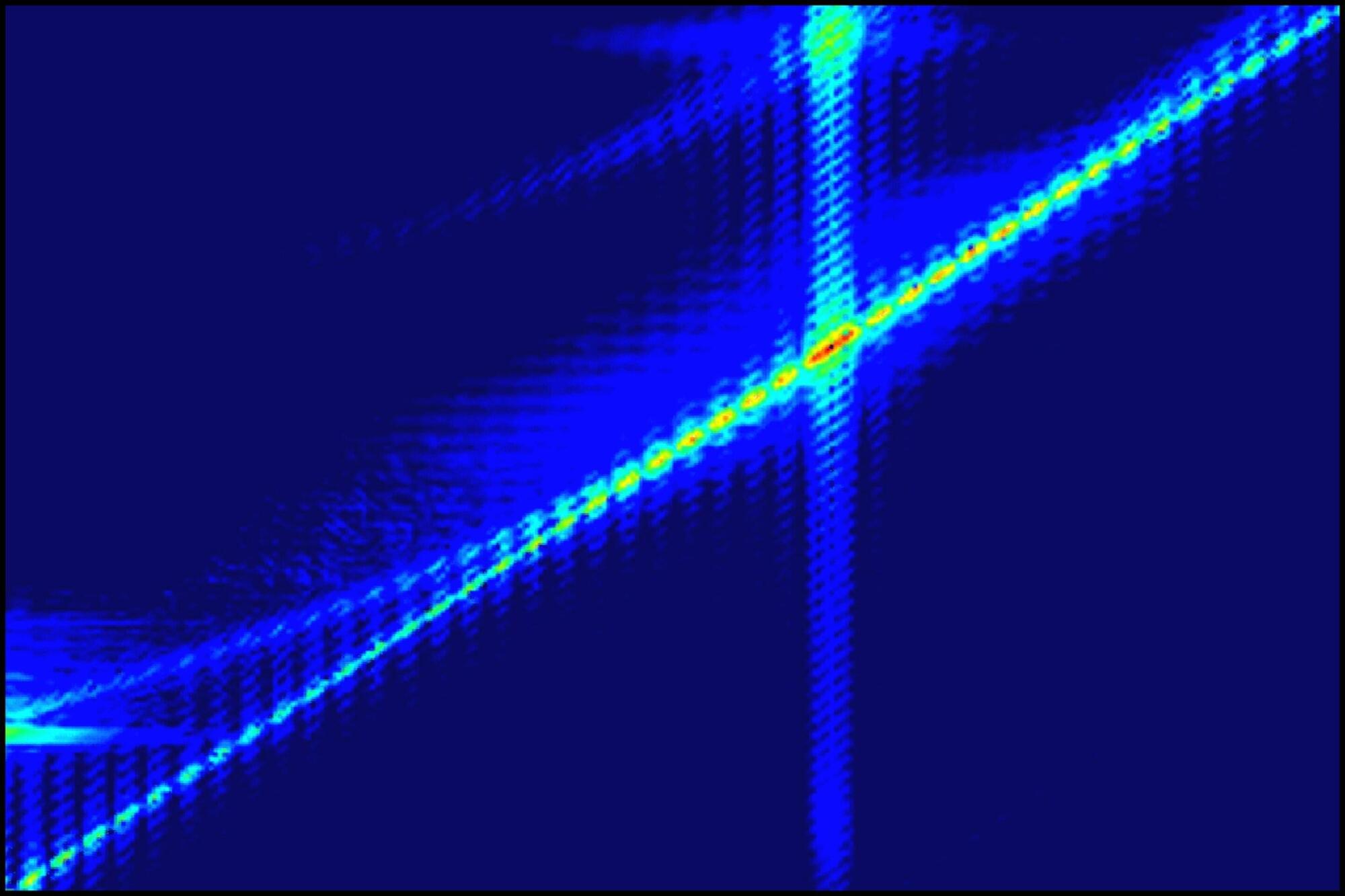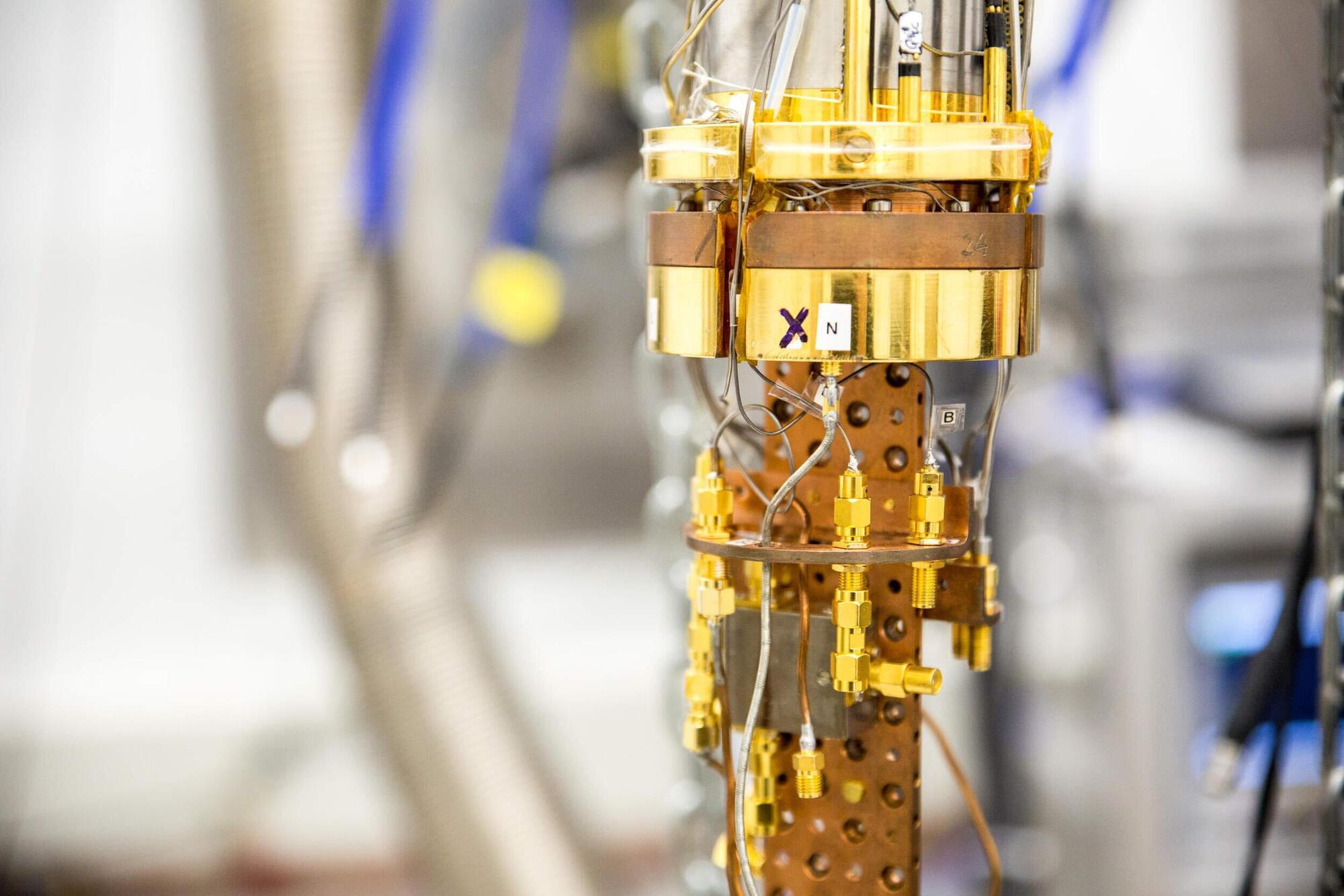For the first time, by studying quantum correlations between triplets of secondary particles created during high-energy collisions in the LHC accelerator, it has been possible to observe their coherent production. This achievement confirms the validity of the core-halo model, currently used to describe one of the most important physical processes: hadronization, during which individual quarks combine to form the main components of matter in the universe.
Quarks and the gluons that bind them are the most numerous prisoners in today’s universe, locked inside protons, neutrons and mesons. However, at sufficiently high energies—such as those that existed shortly after the Big Bang or those that occur today in proton collisions in the LHC accelerator—quarks and gluons are released, forming an exotic “soup”: quark-gluon plasma. Under normal conditions, this plasma is not stable, and as soon as it cools down sufficiently, the quarks and gluons bind together again, producing particles of matter in a process called hadronization.
New details of this fascinating phenomenon, obtained through the analysis of so-called three-body quantum correlations, have been reported by physicists from the Institute of Nuclear Physics of the Polish Academy of Sciences (IFJ PAN) in Krakow, working as part of the LHCb experiment conducted by the European Organization for Nuclear Research (CERN) in Geneva.









